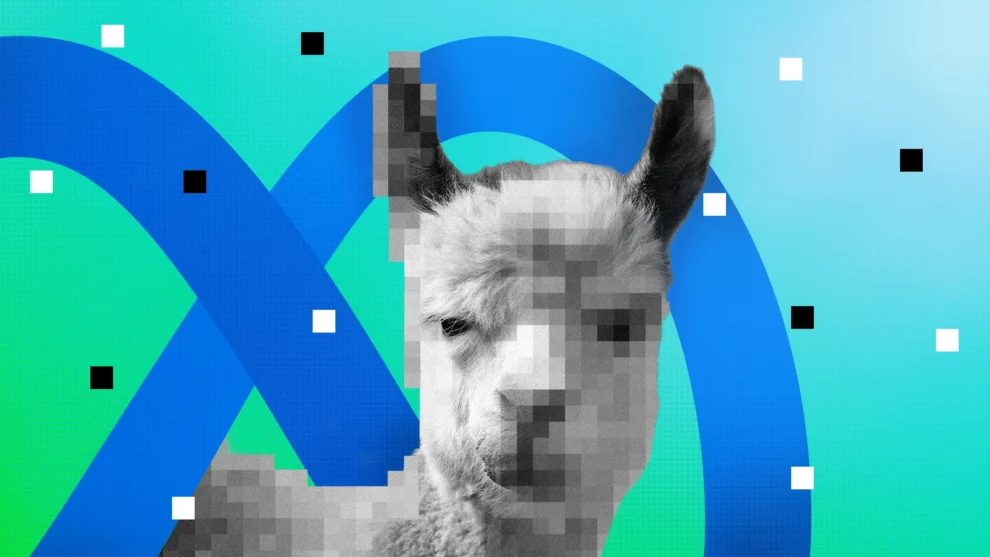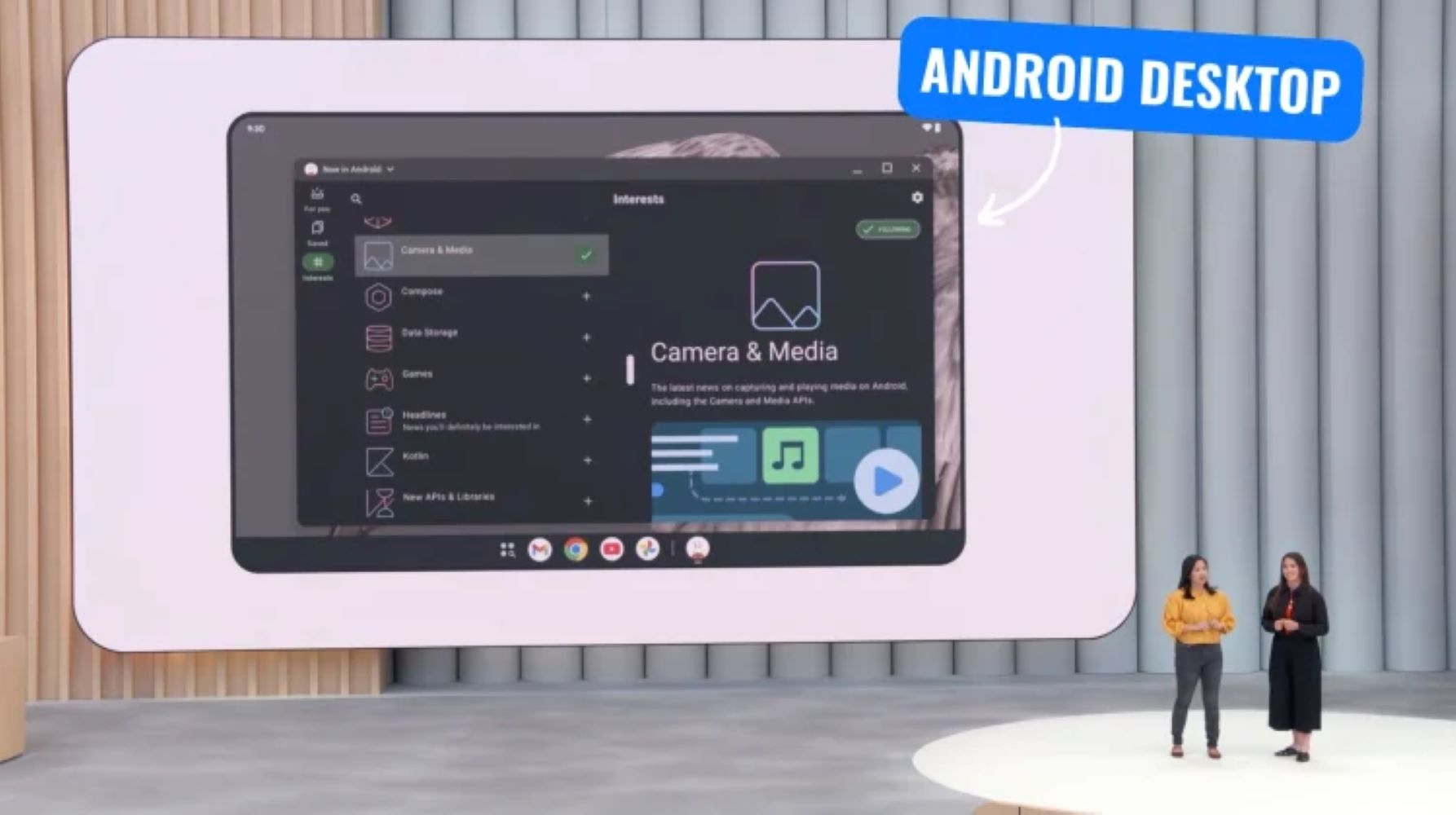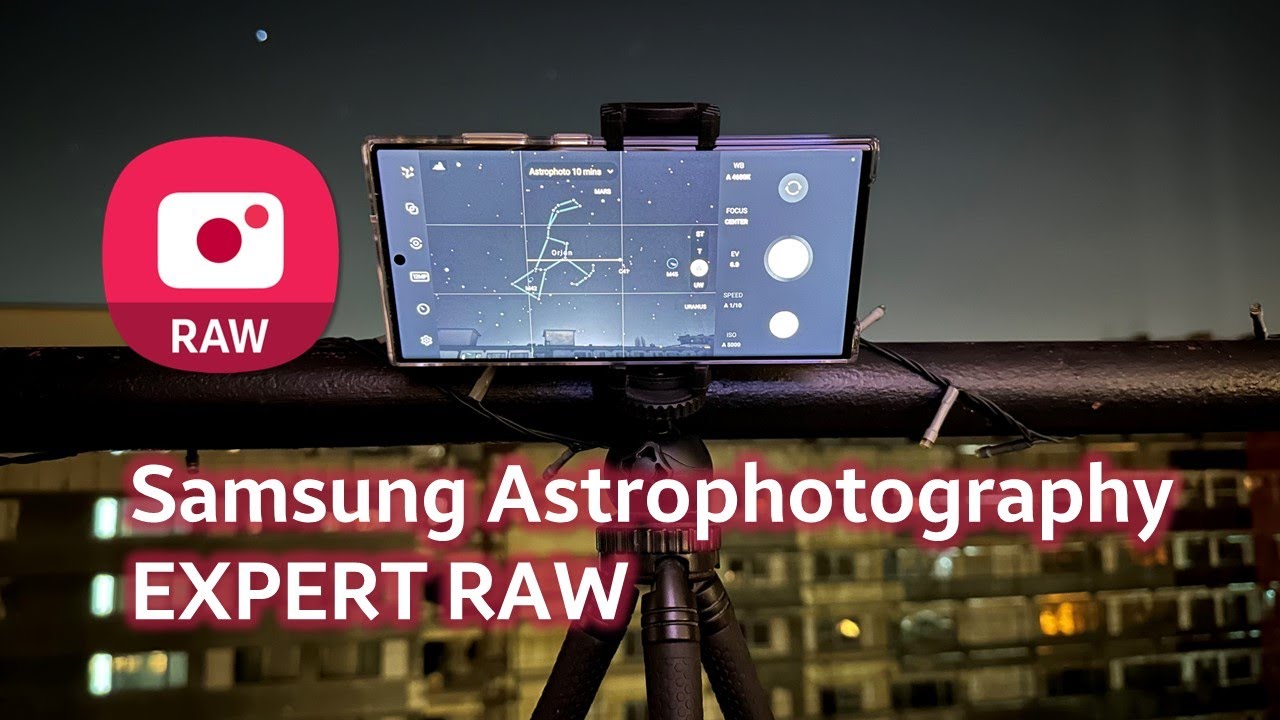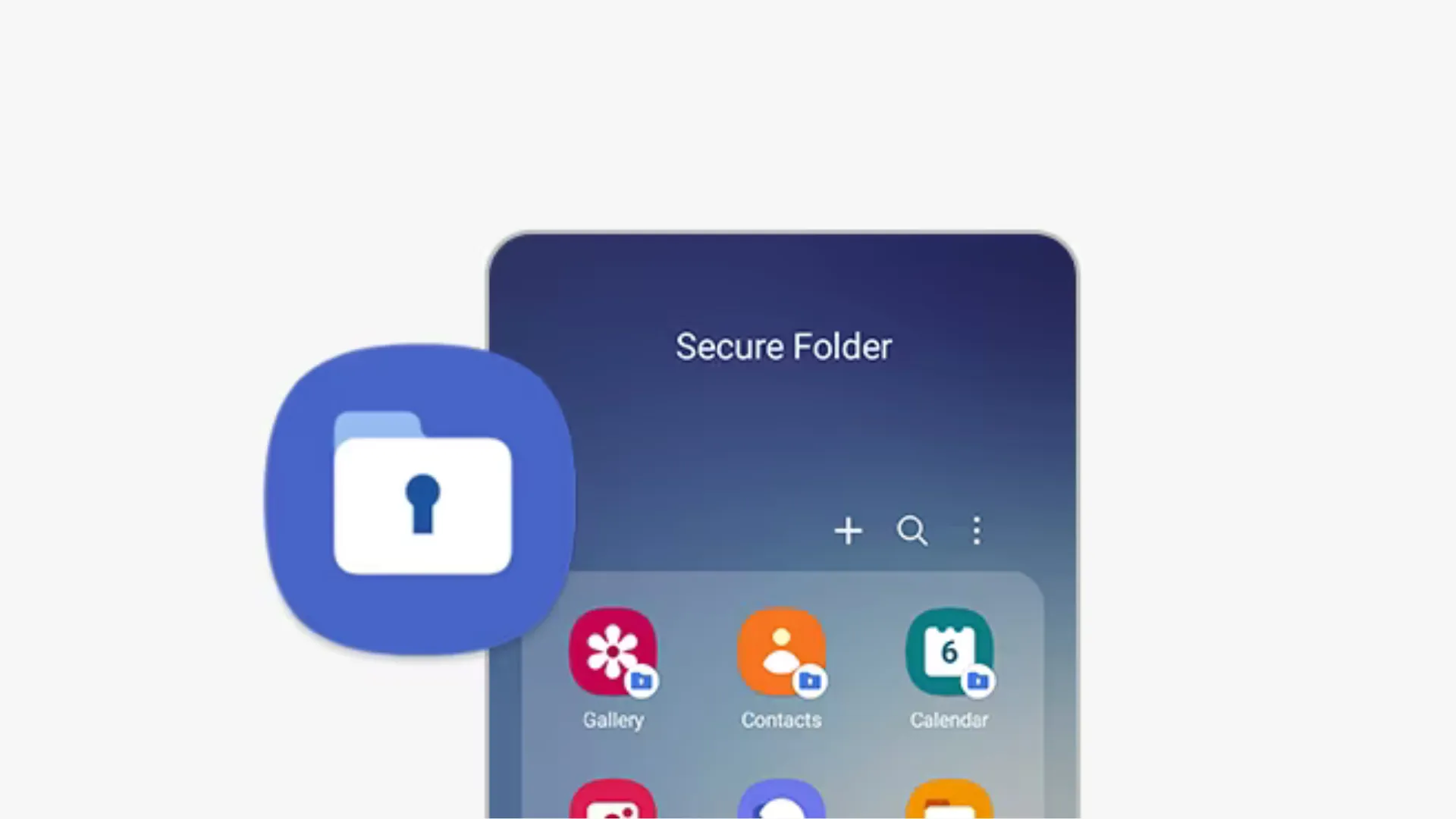Meta Platforms’ open-source large language model (LLM), Llama 2, is poised to make a significant impact on the commercial AI landscape. Released in July 2023, Llama 2 is available for free for research and commercial use, setting it apart from many other powerful LLMs. This accessibility has fueled rapid adoption and development around the model. Several companies are already building applications and services using Llama 2, signaling its potential to become a major player in the market.
Llama 2’s open-source nature distinguishes it from models like OpenAI’s GPT-4 and Google’s PaLM 2. While these models offer access through APIs, their underlying code remains proprietary. Meta’s approach fosters community involvement and allows developers to customize and refine the model for specific applications. This openness can lead to faster development cycles and tailored solutions. Meta’s partnership with Microsoft further strengthens Llama 2’s position, with Microsoft offering support for the model on its Azure cloud platform.
The release of Llama 2 follows the initial launch of Llama 1, which was more restricted in its availability. The wider release of Llama 2 reflects Meta’s strategy to promote open-source AI development. By making the model readily available, Meta aims to accelerate progress in the field and encourage a more collaborative approach to AI innovation. This strategy also potentially positions Meta to benefit from the ecosystem built around Llama 2, even if the model itself is free.
Several companies have already integrated Llama 2 into their products and services. Qualcomm, for example, is working to bring Llama 2 to smartphones and other devices. This would allow users to access powerful AI capabilities locally, without relying on cloud connectivity. Other companies are exploring the use of Llama 2 for tasks such as chatbot development, content creation, and code generation. The versatility of the model makes it suitable for a wide range of applications.
The open-source nature of Llama 2 also raises questions about potential misuse. With greater access comes the risk of the model being used for malicious purposes, such as generating misinformation or creating harmful content. Meta acknowledges these risks and has included safeguards in the model’s design. The company also encourages responsible use and is working with the AI community to address potential issues.
The commercialization of Llama 2 is still in its early stages. While the model has generated significant interest and adoption, its long-term impact remains to be seen. The AI field is rapidly evolving, and new models and approaches are constantly emerging. However, Llama 2’s open-source nature, combined with its strong performance and backing from major companies, suggests that it has the potential to become a significant force in the market.
The availability of Llama 2 has also sparked debate about the future of AI development. Some argue that open-source models like Llama 2 will democratize access to AI and accelerate innovation. Others believe that proprietary models will continue to dominate the market. Regardless of the outcome, the emergence of Llama 2 highlights the growing importance of open-source AI and its potential to reshape the industry.
Meta’s move to open-source its LLM is a calculated risk. While the company may not directly profit from Llama 2, it stands to gain from the broader adoption of the model. By fostering a thriving ecosystem around Llama 2, Meta can position itself as a leader in the open-source AI movement. This could lead to indirect benefits, such as increased brand recognition and access to valuable data.
The success of Llama 2 will depend on several factors, including its performance, its usability, and the support it receives from the AI community. The model’s open-source nature makes it reliant on contributions from developers and researchers. If the community embraces Llama 2 and actively contributes to its development, the model’s potential could be significantly amplified.
The market for LLMs is becoming increasingly competitive. With major players like Google and OpenAI investing heavily in this technology, Meta faces a challenge in establishing Llama 2 as a leading model. However, its open-source strategy and its focus on commercial applications could give it a distinct advantage.
The future of AI is uncertain, but one thing is clear: open-source models like Llama 2 are playing an increasingly important role. By making powerful AI tools available to a wider audience, these models have the potential to accelerate innovation and transform various industries. Meta’s Llama 2 is a prime example of this trend, and its journey in the commercial market will be closely watched by the AI community.









